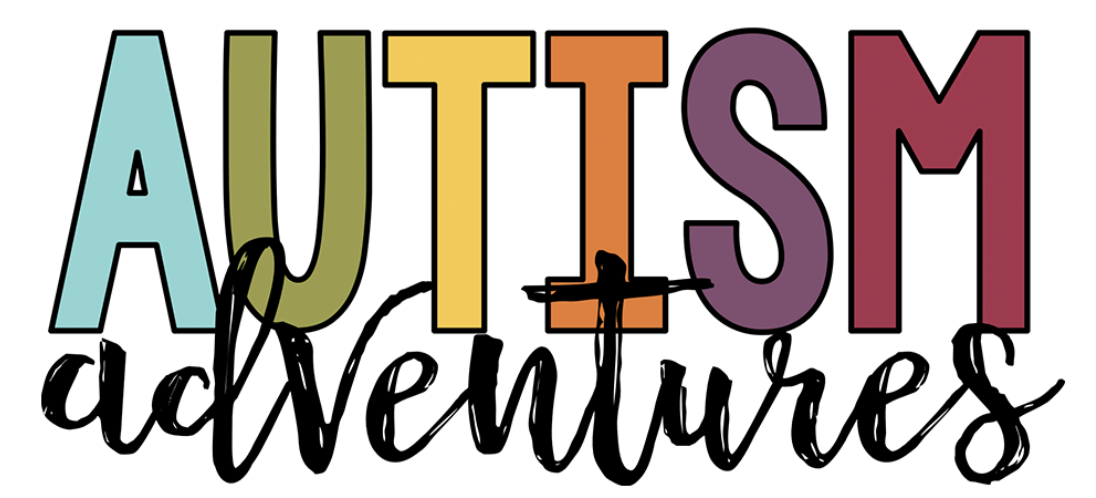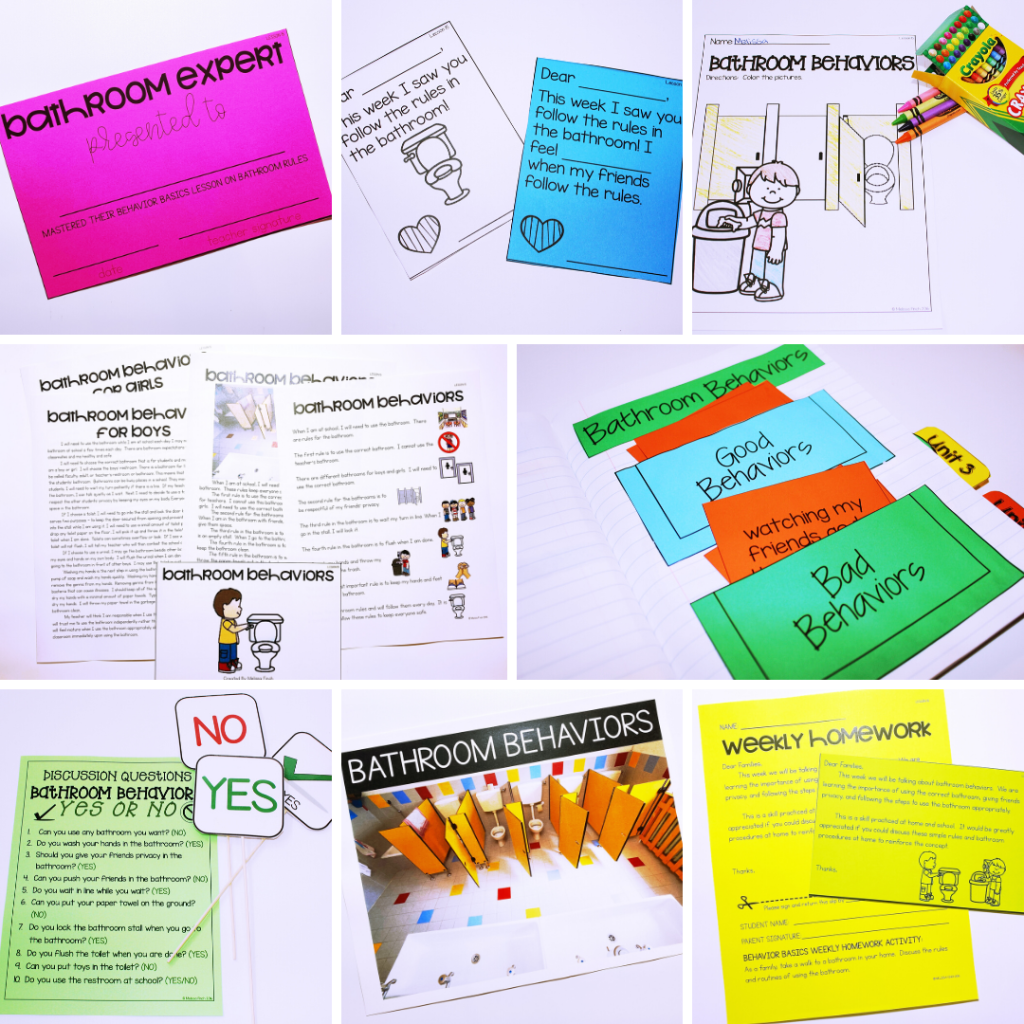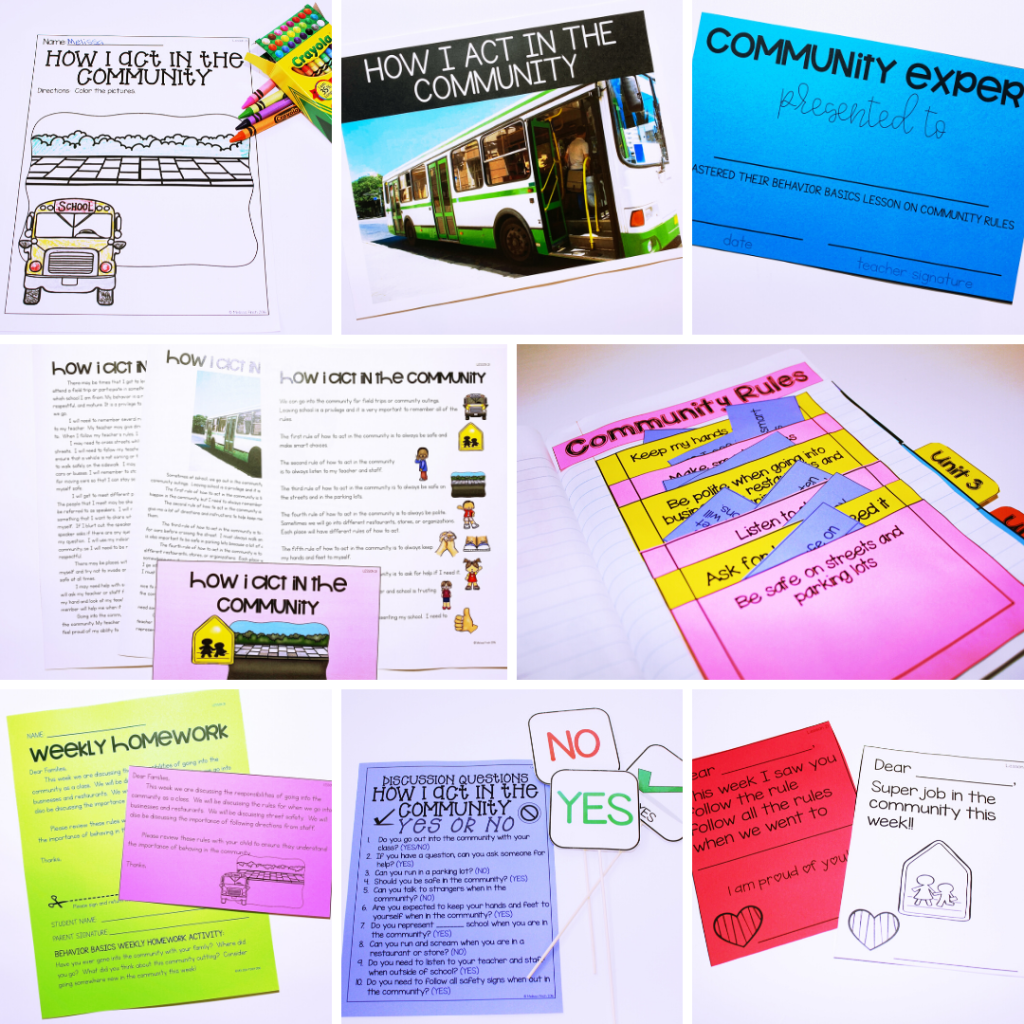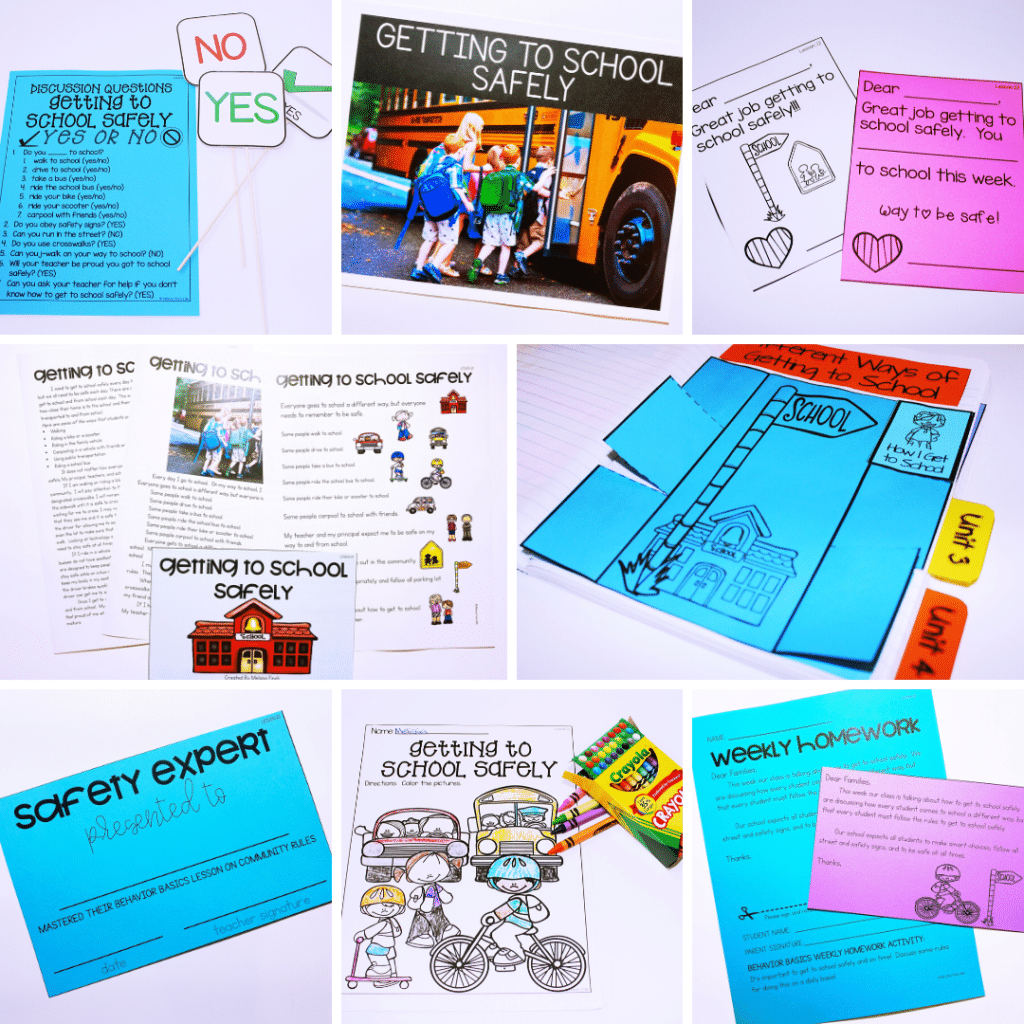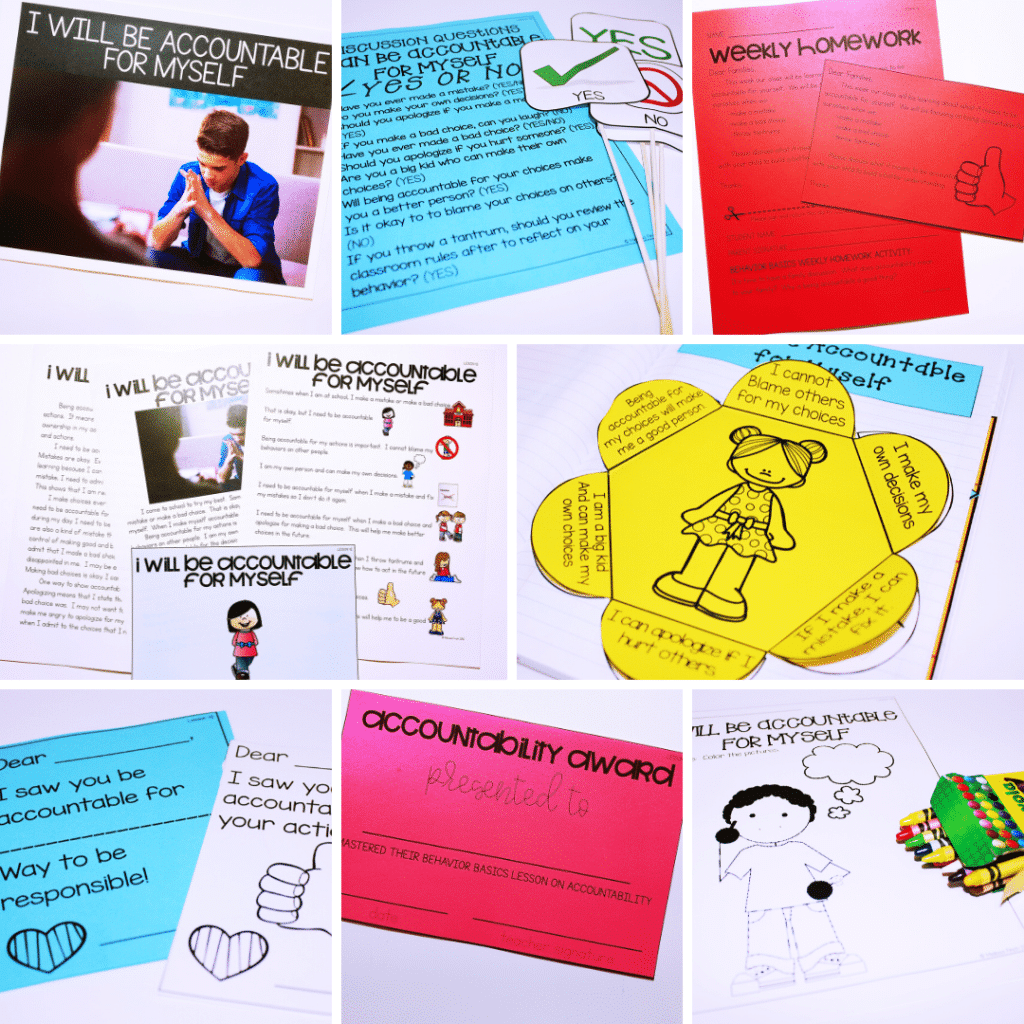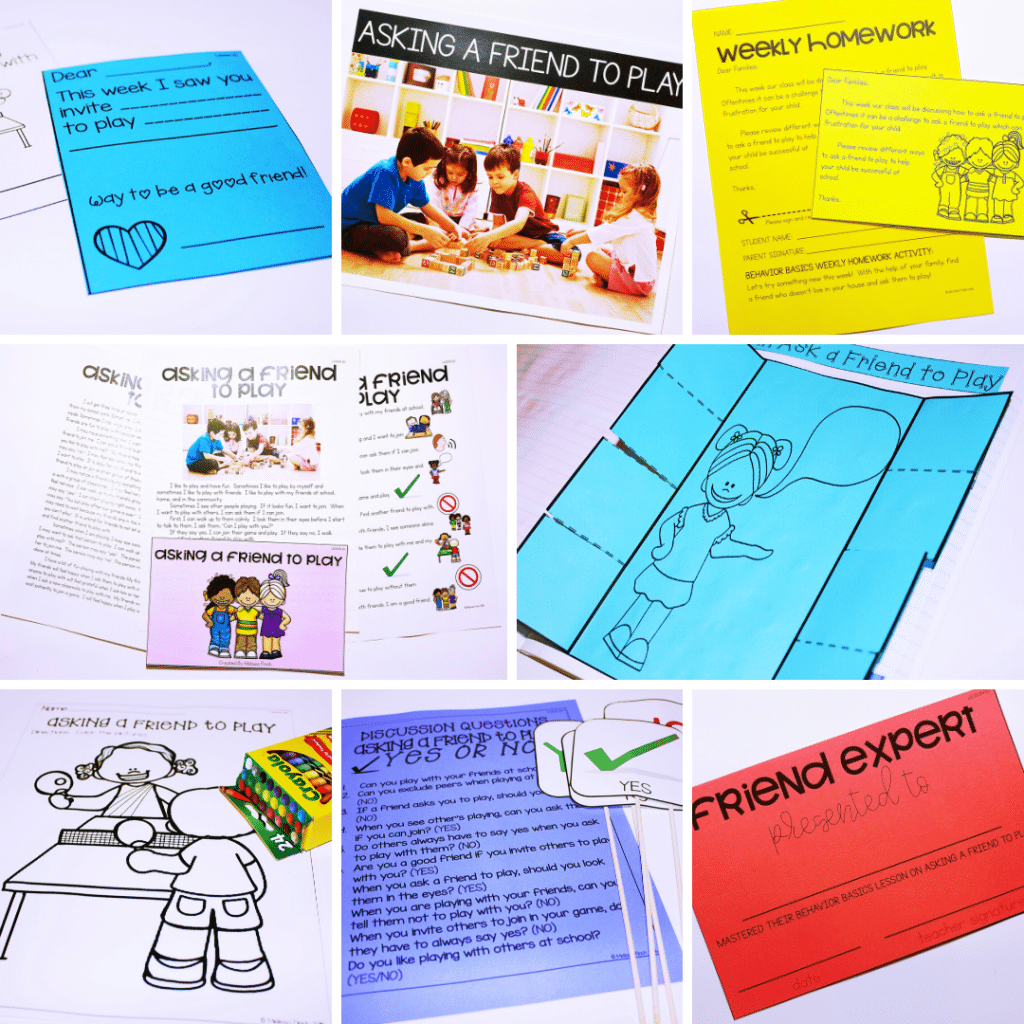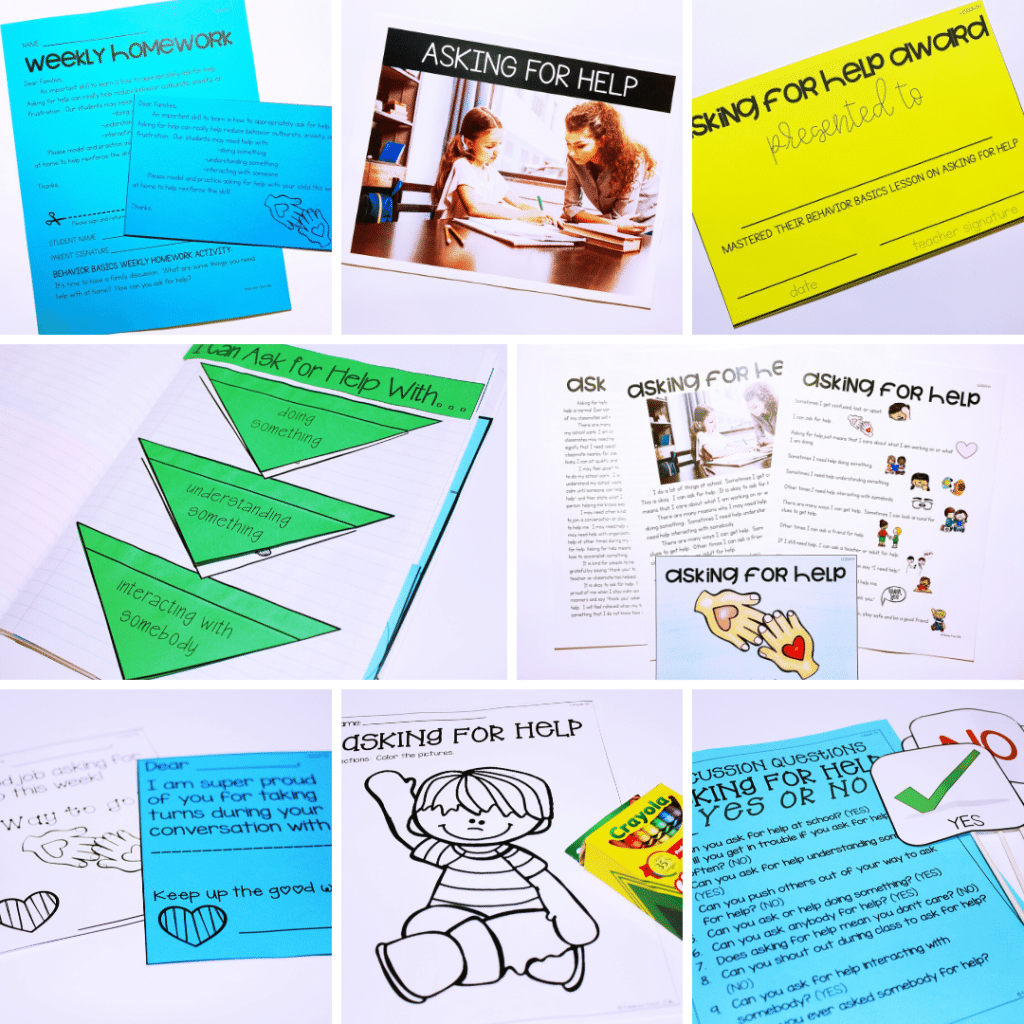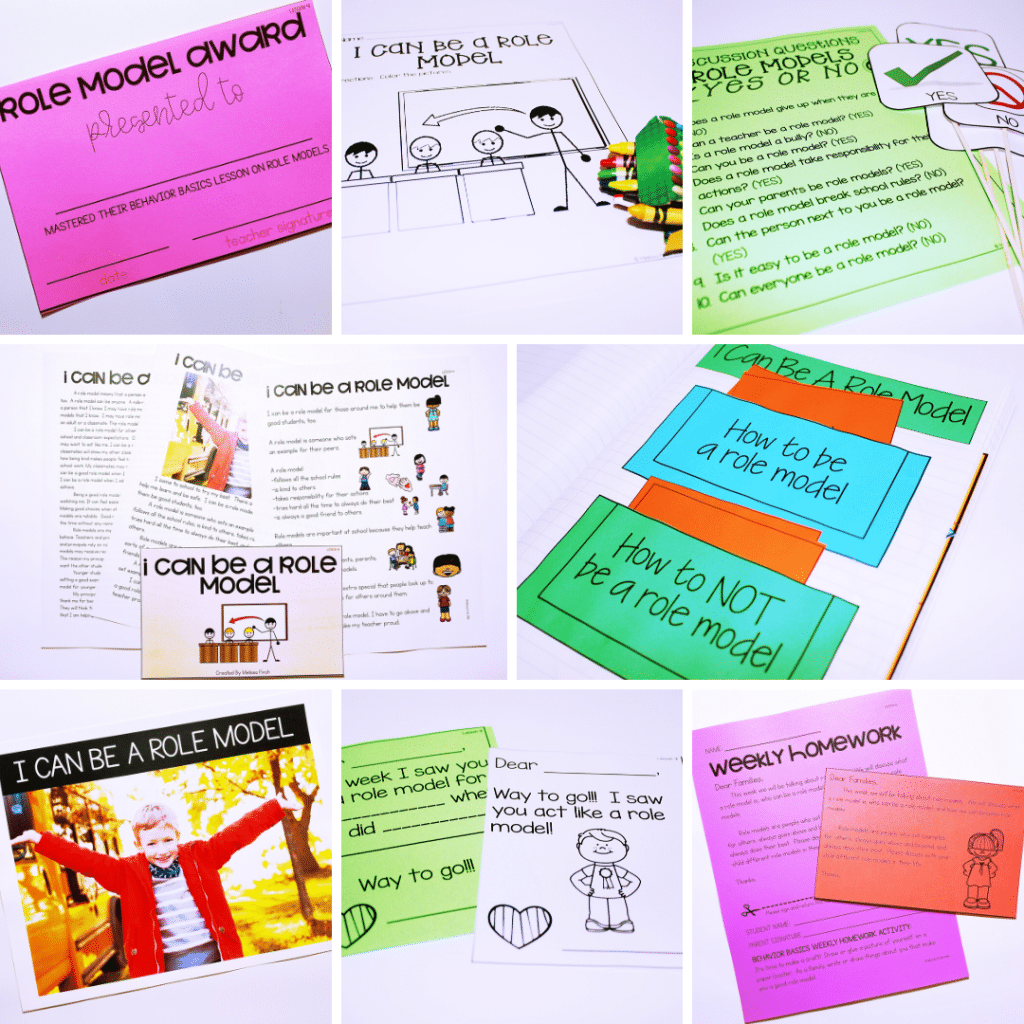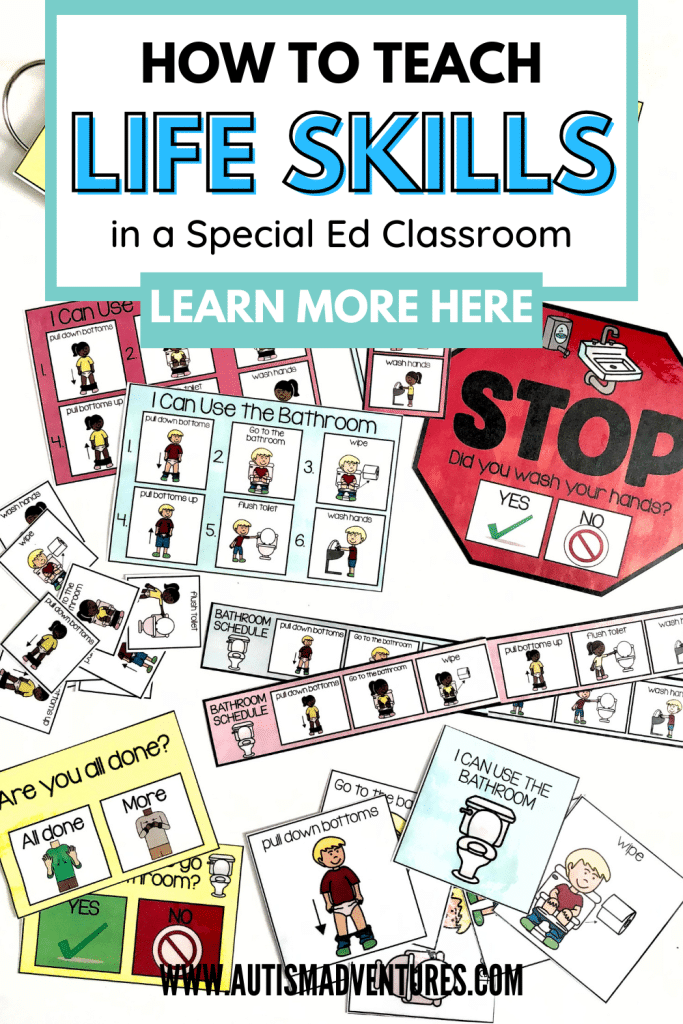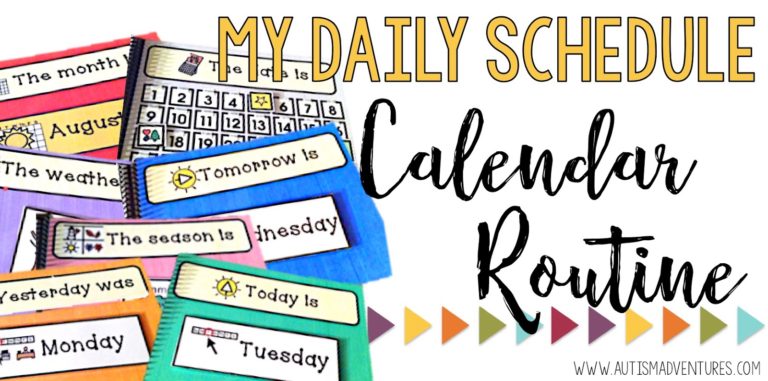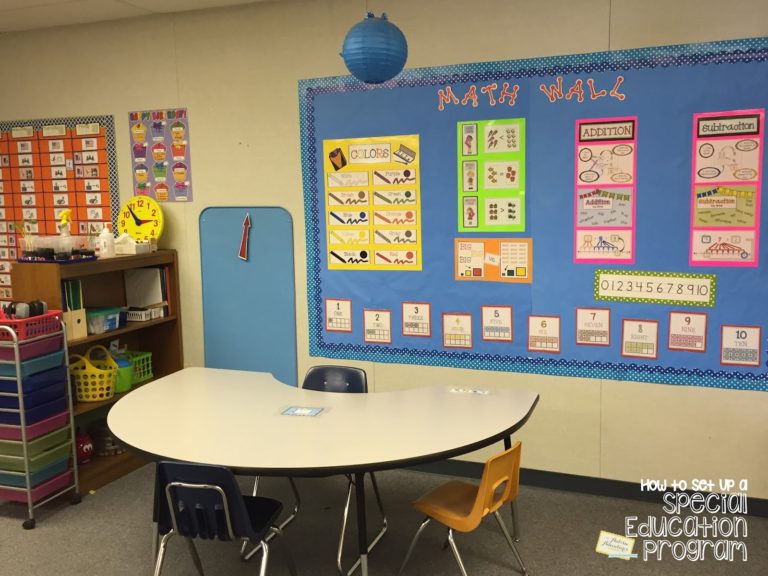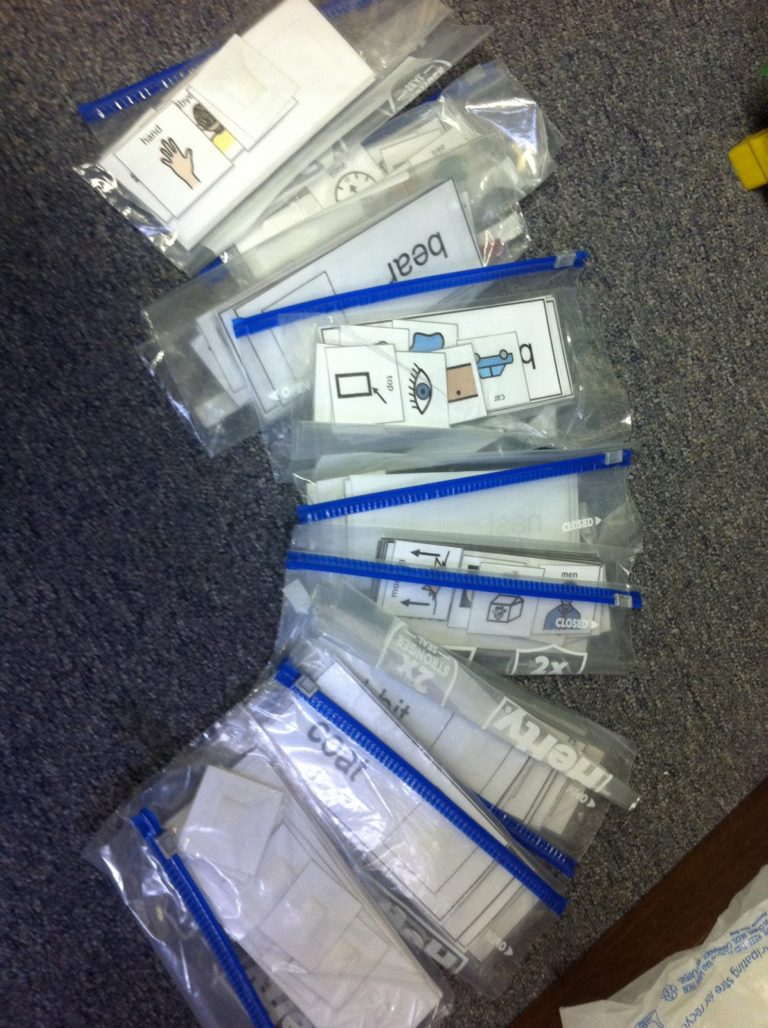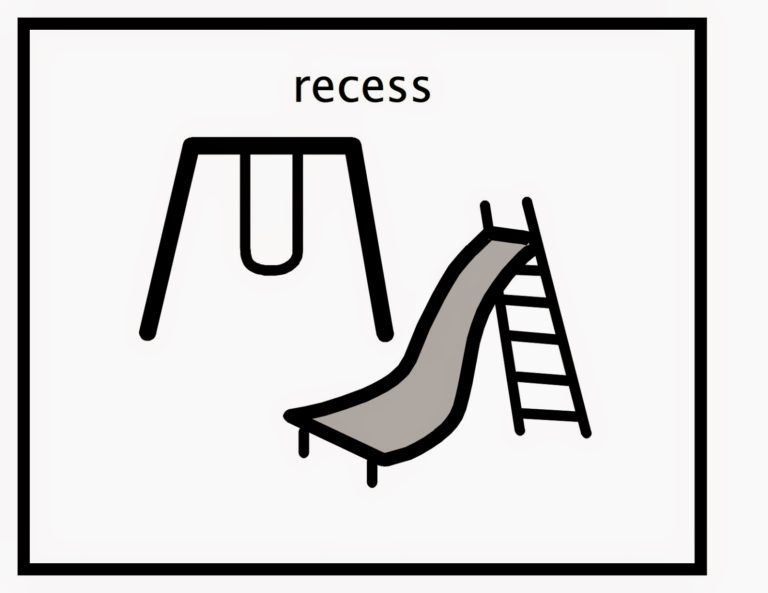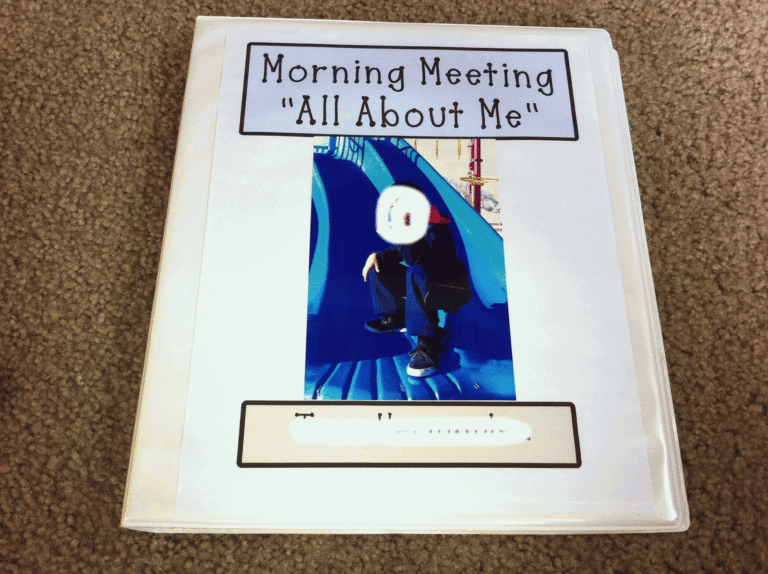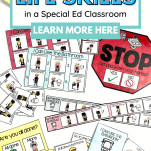How to Teach Life Skills in a Special Education Classroom
I believe teaching life skills ia crucial part of any special education program. As special education teachers, our goal is to build independence in all areas for our students. There are a variety of life skills components and these will vary depending on the age of your students. Primary grades will focus on toileting, hygiene, personal information and independence while high school students will focus on money skills, vocational skills and cooking skills. Depending on the grade level you teach, and the abilities of your caseload, you will be able to determine which life skills to focus on in your classroom.
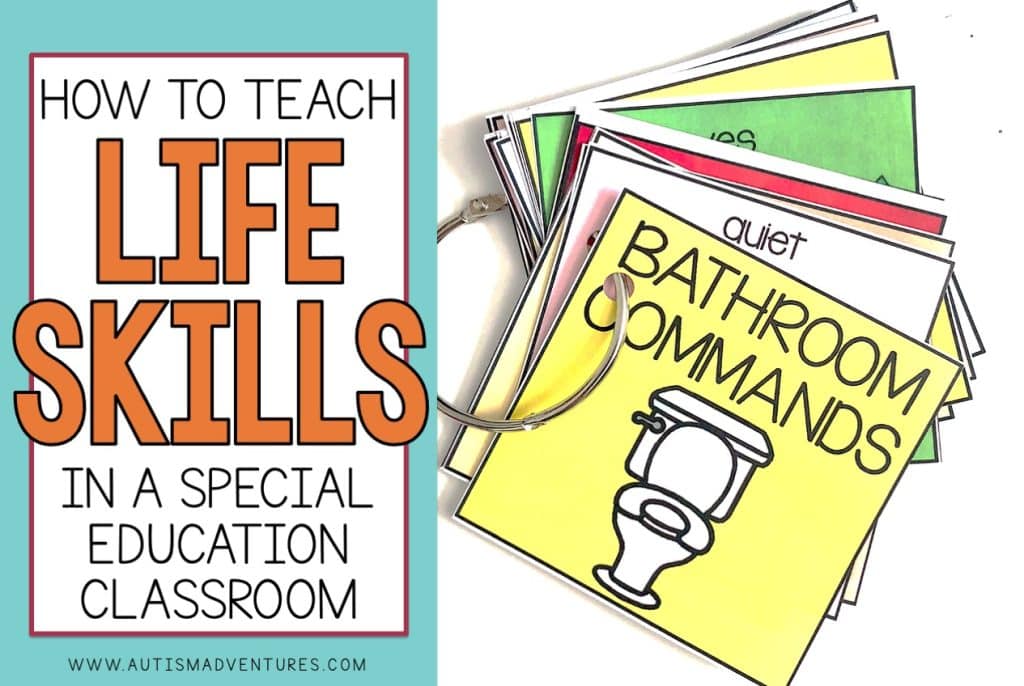
Teaching life skills in special education is crucial because it fosters independence and empowers students to manage their daily activities confidently. It equips them with essential tools to navigate real-world challenges, enhancing their overall quality of life. Moreover, life skills instruction helps students develop self-sufficiency, enabling them to participate more fully in their communities.
For today’s post, I will be discussing the life skills I taught in my primary grades classroom.
Teaching Toileting in the Classroom
Teaching independence in everyday life skills is a huge goal in every self contained classroom. One area of independence is teaching toileting skills to our students. Toilet training older students in the classroom can be a challenge but it is one of the most important life skills. It is important to work together with parents when starting toilet training to establish consistency because it is one of the most important essential life skills when working towards independence.
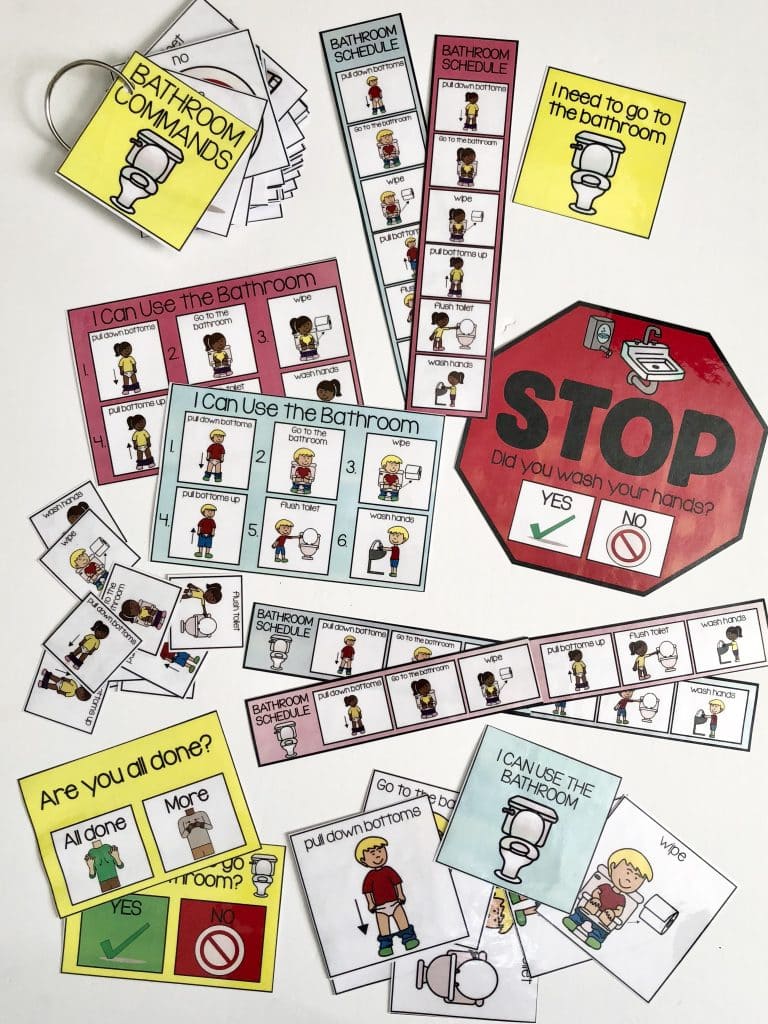
Bathroom Visuals
Visuals play an important role in special education. I’ve discussed in this post here, Visuals in Special Education, why and how visuals can enhance your special education classroom. Visuals are also critical for teaching students life skills, such as how to go to the bathroom. Decorate your classroom restroom with visuals to help students understand the bathroom routine. You can use a picture strip taped next to the toilet, a mobile visual schedule or a visual lanyard staff members carry. Below are some pictures of a variety of basic tools including bathroom visuals that can assist you with toilet training.




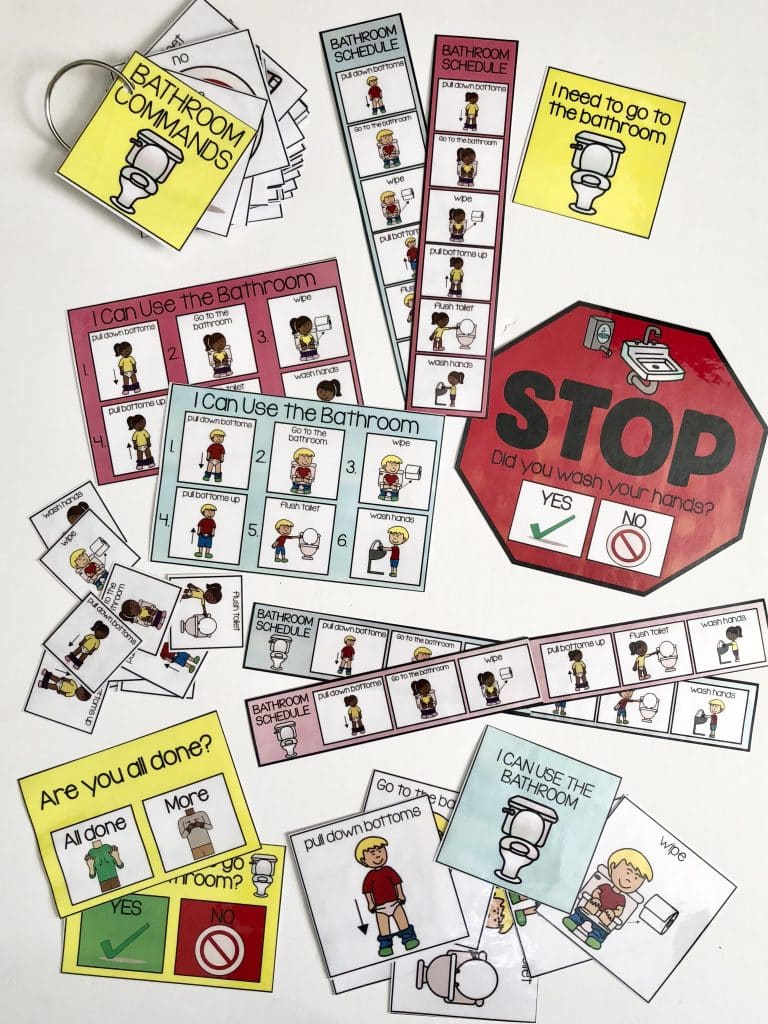
Bathroom Incentive Chart
Do you need to motivate a student to use the toilet? Do they need motivation to request the bathroom? What about motivation to attempt to use the restroom. Either way, positive reinforcement can be extremely motivating. Create a simple bathroom chart to motivate students to meet their toileting goals. Each student will have different goals, and as always, these goals will evolve over time. You may start rewarding a student by attempting to use the restroom and then transition to student successfully voiding in the restroom. Lastly, motivate students to communicate the needs to use the restroom before having an accident.
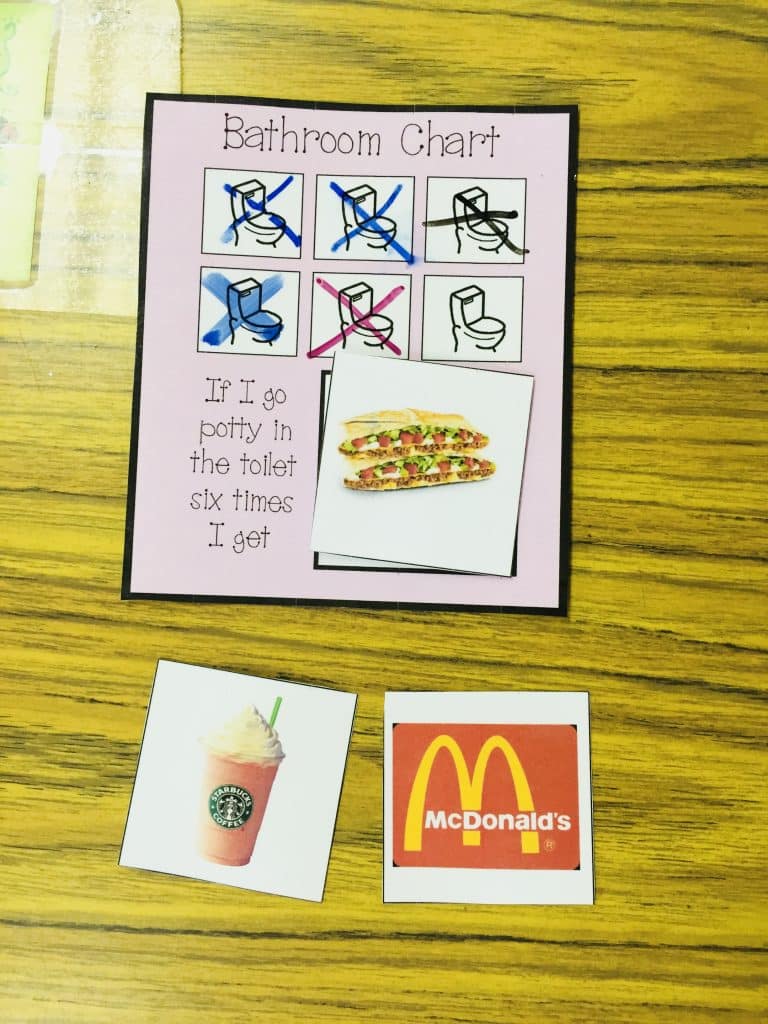
Students can work for a preferred reward. An incentive to toilet trining is key to some of those students resistance to the idea of toilet training. You can choose how many times the students need to go in order to earn their reward depending on the students’ ability. Slowly, over time, you can fade this visual way completely.
You can grab my FREE bathroom incentive chart HERE.
Bathroom Direct Instruction
The Behavior Basics program has a lesson on bathroom rules. Using the restroom with staff is one skill, but using a public restroom is a whole different skill. This lesson will teach students the rules of the restroom using social stories, discussion questions, coloring pages, interactive notebook activities and various reading activities. Using the restroom successfully is a crucial life skill, and this behavior basics lesson will help you teach students the basic skills needed to use the restroom successfully with peers around them. You can grab this behavior basics lesson HERE.
Here are a few pictures for you to see what is included:
Personal Hygiene Needs
Another life skill we focused on in my classroom was basic personal hygiene needs. Teaching students to be independent in the area of self-help is very crucial when working towards independence. In order to teach these skills, consider creating social stores to each these life skills.
Hygiene Social Stories:
- Washing My Hands
- I Can Brush My Teeth
- Getting Dressed
- I can Take A bath

Teaching hygiene skills in special education is crucial for building independence and promoting overall well-being. By incorporating lessons on basic personal care, such as hand washing, teeth brushing, and proper grooming, teachers can help sstudents with essential routines they can carry into adulthood. Using visual tools, social stories, and hands-on practice, teachers can effectively address the unique needs of each student. Overtime, staff can fade any prompts needed so that students can eventually maintain all hygiene goals indepdnelty. As always, consult with families to make sure they are working on the same things at home that you are working on in the classroom.
Managing Classroom Jobs
Creating classroom jobs is a great way to build functional life skills and teach responsibly to the students. It also helps build team work and community sills within your classroom. Using the jobs interactive bulletin board, allow students to choose their jobs each Monday. Assist students in carrying ou their jobs for the week. Students can learn the necessary skills to have a job in their elementary school setting. Depending on the ages of your students and your students’ abilities, the jobs will vary in tasks.
Here is a photo of the classroom jobs I used in my classroom when I wanted super simple jobs. You can grab these visuals HERE.
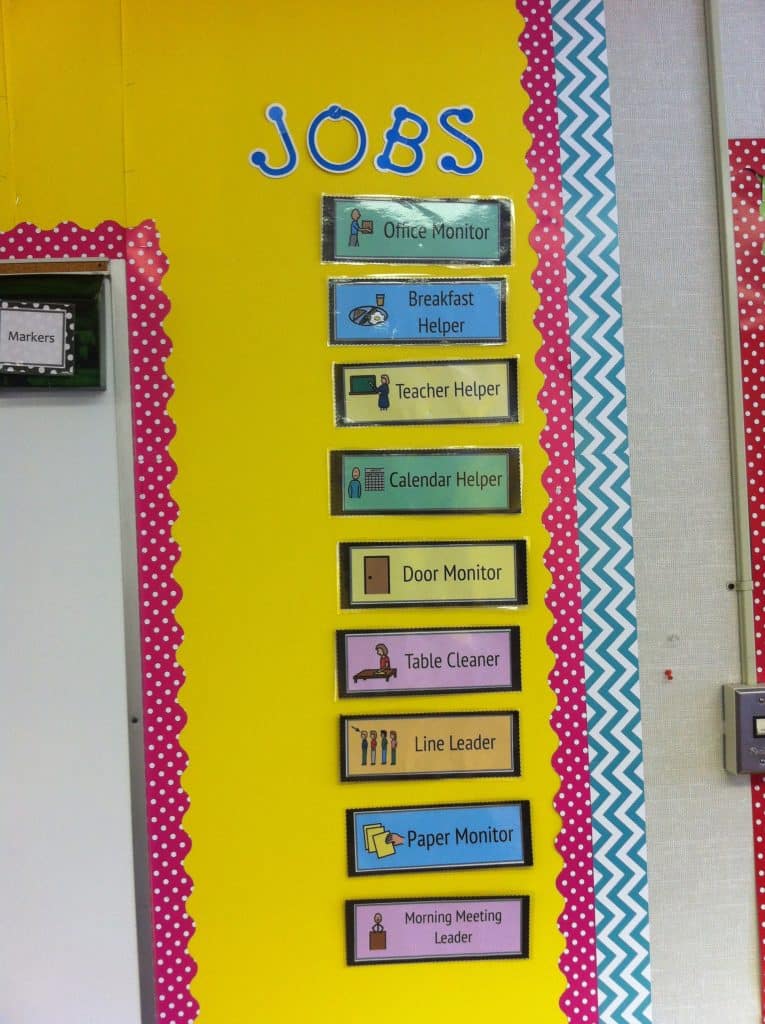
Here is a photo of classroom jobs I used when I wanted an intricate job system. This was a week long job with a pay check in the end. Students earned something on Fun Friday with their money. I got this job set HERE.
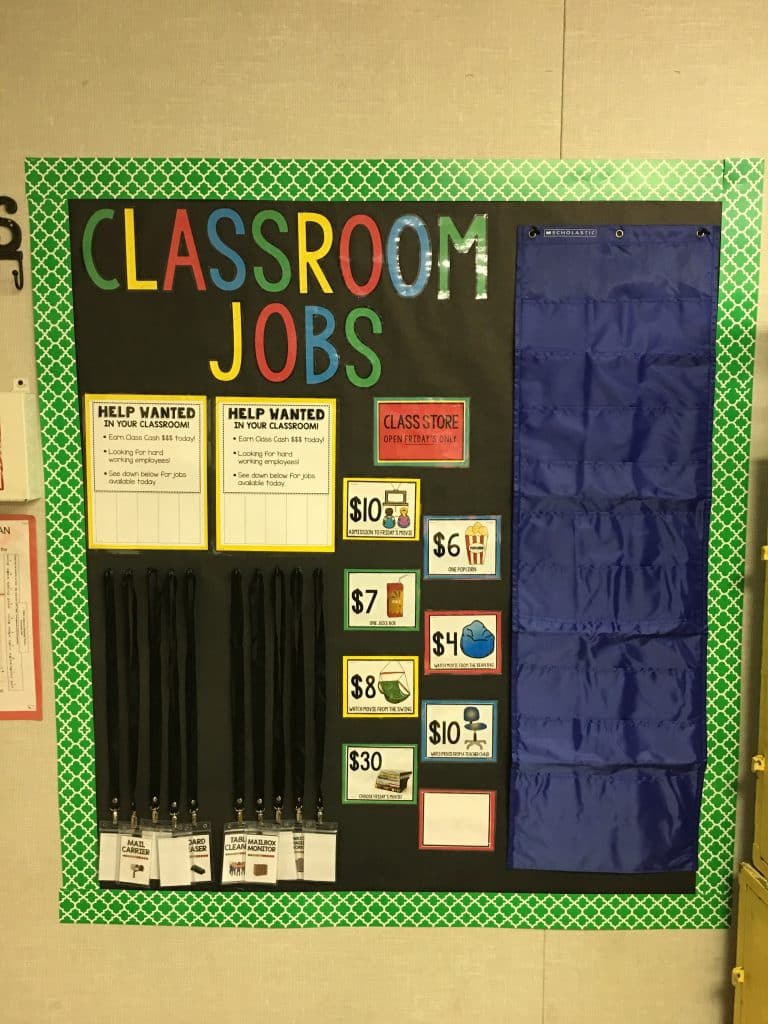
Both of these jobs helped teach basic life skills and build a supportive environment within the classroom. These simple classroom jobs can help students with their future careers.
Learning Personal Information
Learning personal information is another important life skill to teach students. It is important for students to work towards learning their personal information such as name, birthday, age, phone number, address and school information. This information is crucial in case they were ever to find themself in any difficult situations such as getting lost or separated from an adult in public.
I have found that setting up an All About Me book is one of the best ways to learning personal information because it it personalized for each student. Each student has their own book and I stored them to pull out when we had a few extra minutes within our school day. We also would work on these in small groups during work center rotations. To learn more about work center rotations, click HERE.
Here are some pictures of an All About Me Book I made for myself to model to my class how to work through the book. You can grab these editable All About Me Books HERE.
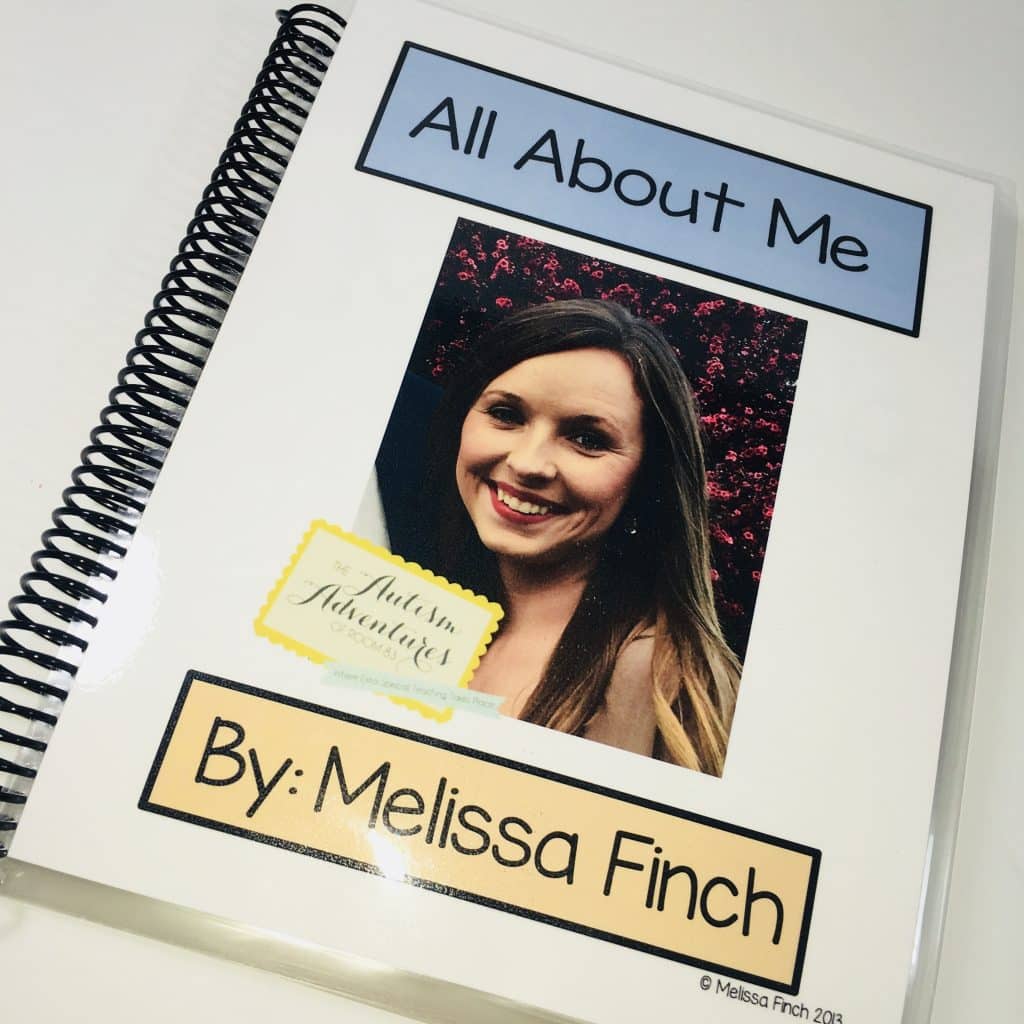
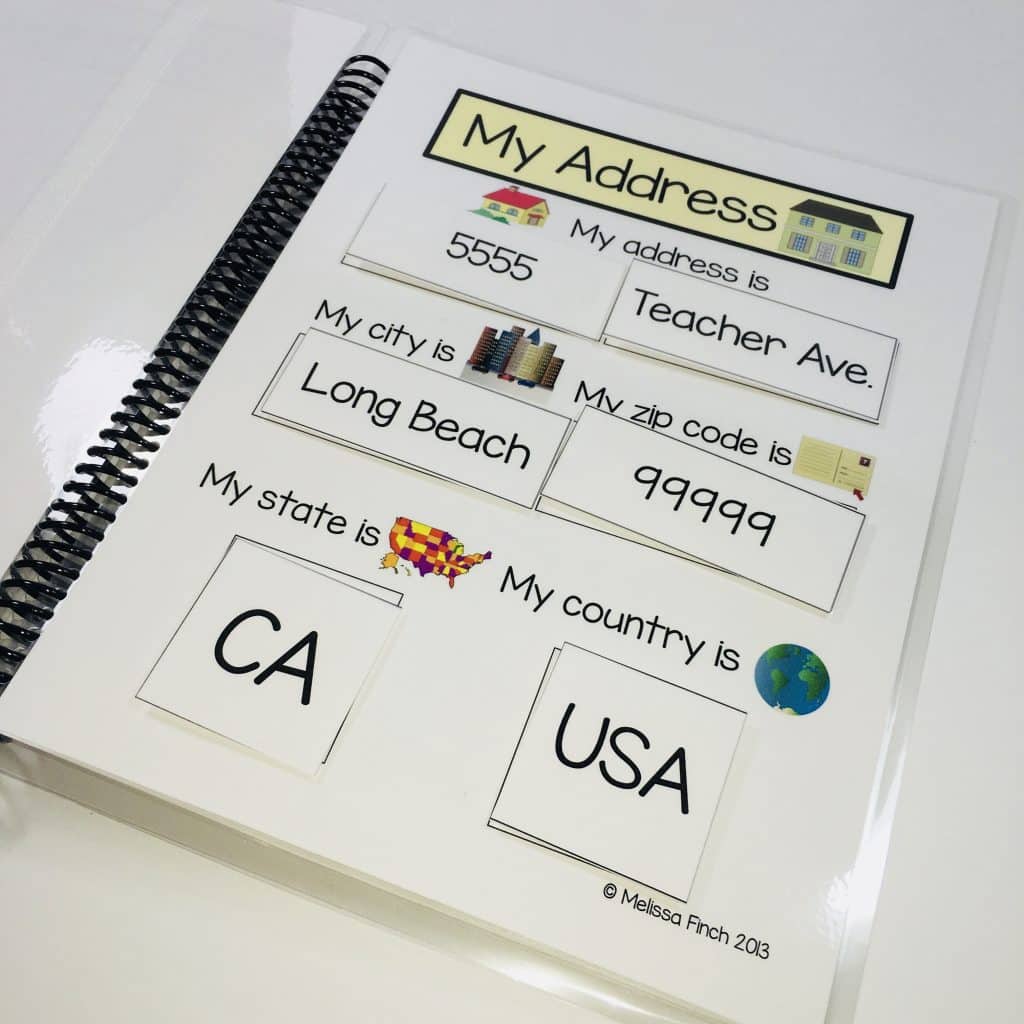

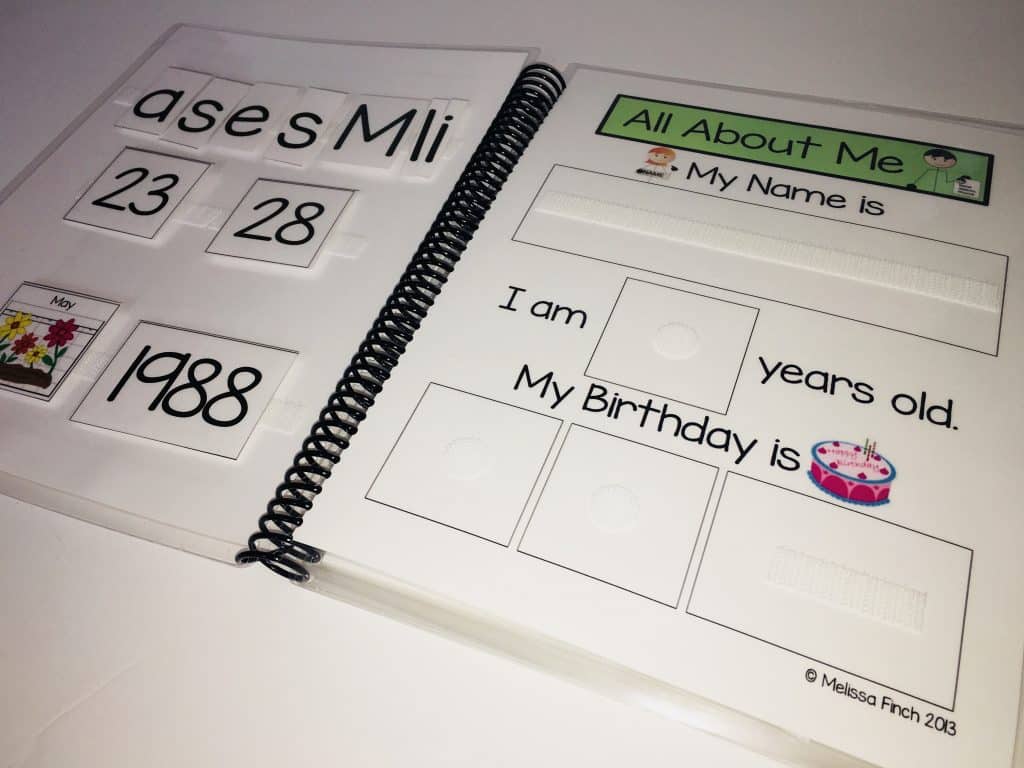
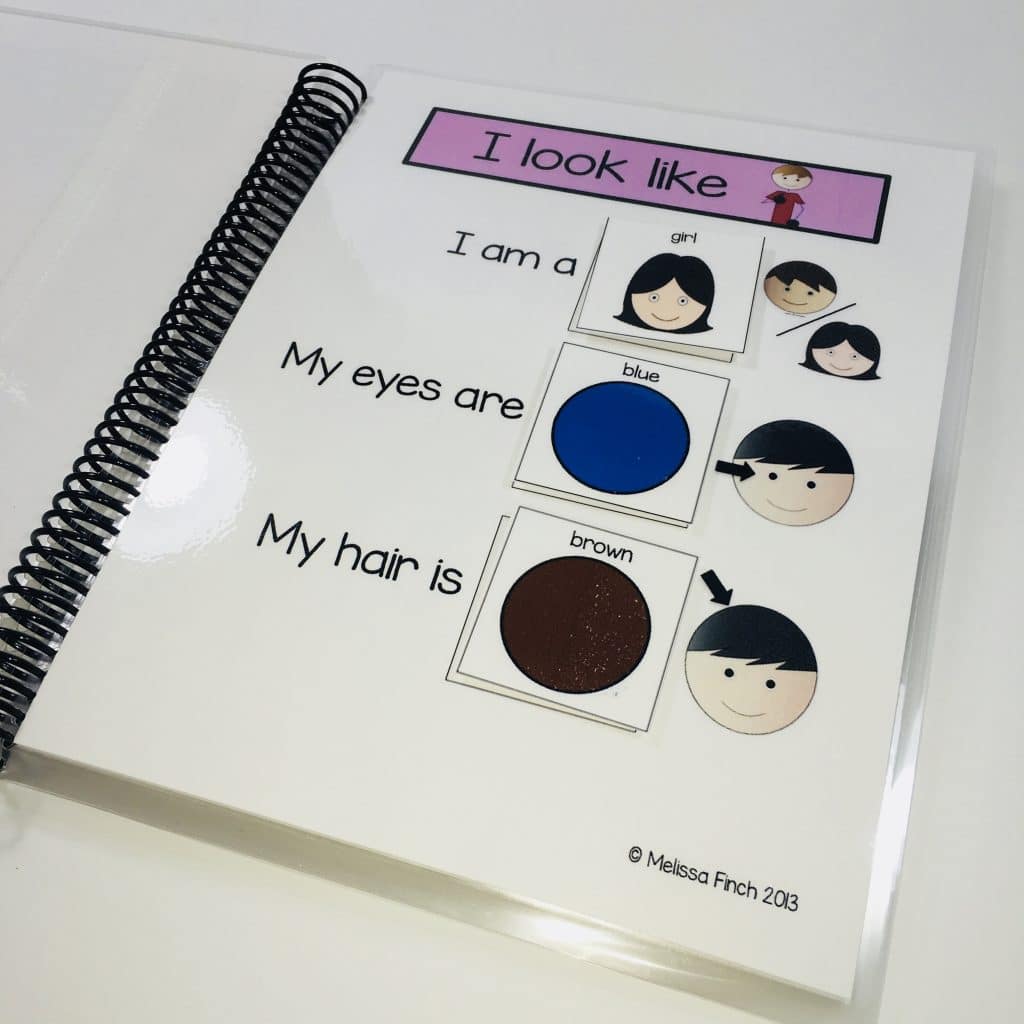
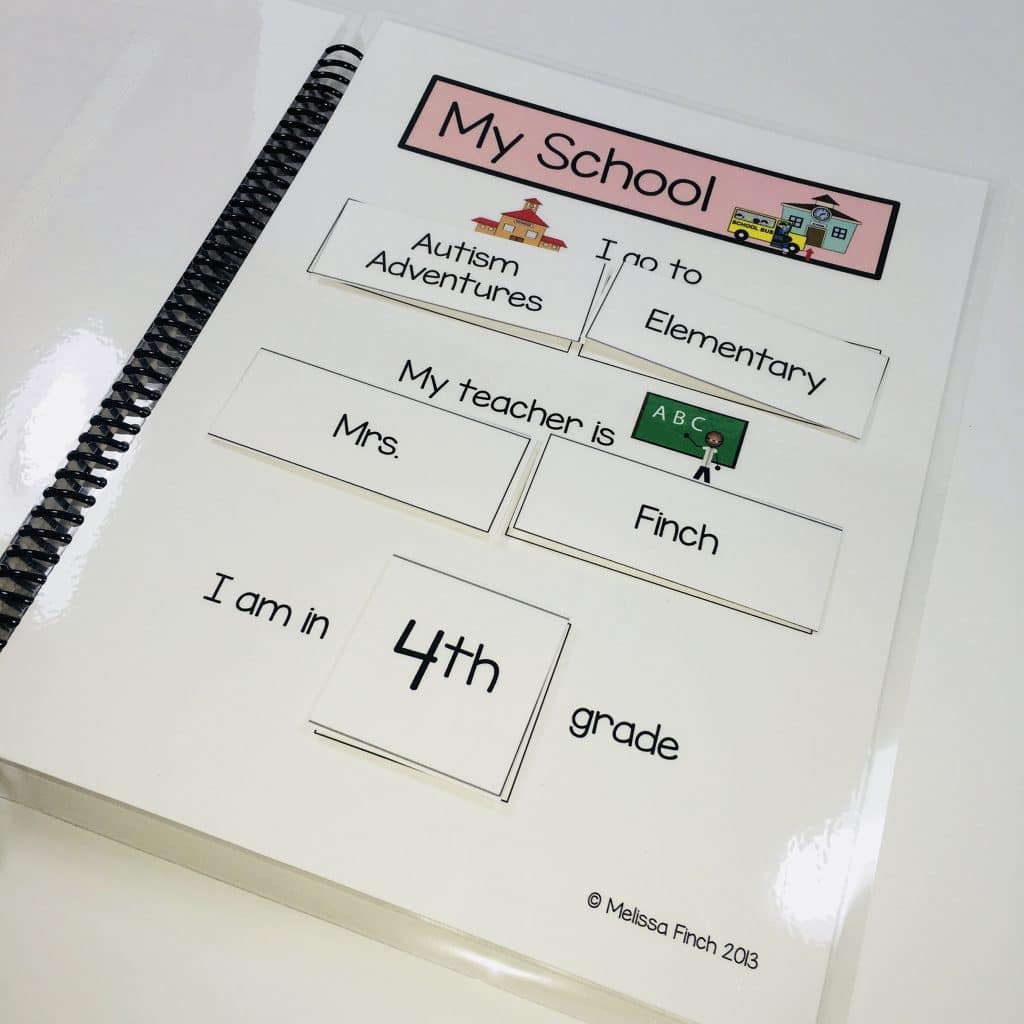
Direct Instruction on Life Skills
The Behavior Basics Program is a life skills curriculum that focuses on the basics of behavior, classroom rules and social-emotional learning. There are a variety of lessons within the Behavior Basics Program that address life skills and I will outline them below. Each lesson comes with lesson plans helping you outline your life skills instruction. By incorporating the Behavior Basics Program into your daily routine, a lot of your life skills education planning is done for you! These already made lessons provide a variety of simple ways to work on life skills direct instruction.
Conflict resolution
Conflict resolution is an important life skill that will greatly help students be successful when navigating independence. The skill of being able to resolve conflicts will help students build healthy relationships form a young age.
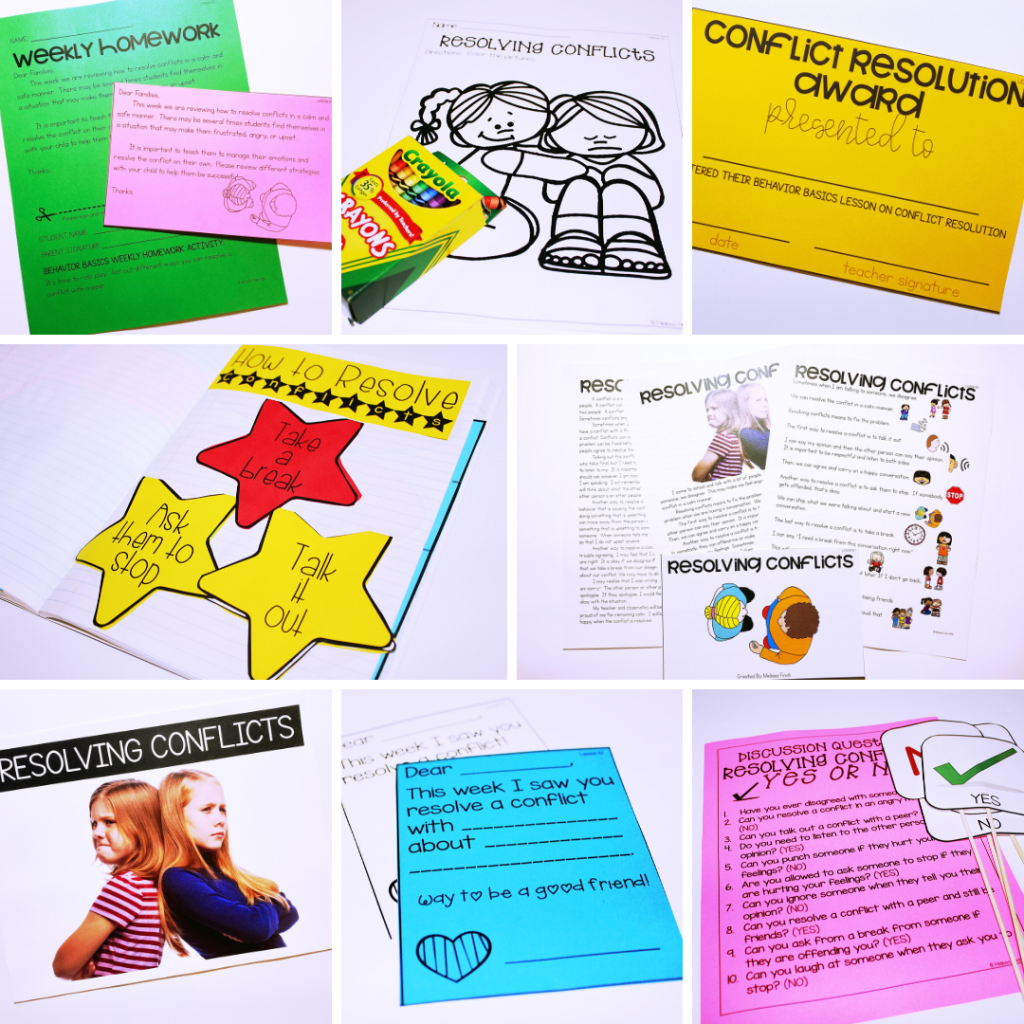
How to Act in the community
How I act in the community is another behavior basics lesson that will help students be safe in the real world. Throughout the school year I was lucky enough to take my students on community based field trips. Within my district, the high shcool and adult programs went into the community on a weekly/daily basis to work on new skills. This lesson teaches students how to act appropriately and in a safe manner when out in the community.
how to get to school safely
Getting to school safely is an important lesson that helps students stay safe when getting to school. It discusses the various modes of transportation and how to listen to adults so that everyone arrives to school safely!
Teaching accountability
Accountability is an important social responsibility we must teach our students. Teaching students to be accountable can be a challenge but paired with visual social stories this behavior basics lesson can help you do so. Teaching personal responsibility will help students navigate social situations and build healthy relationships.
Asking a friend to play
Another life skill we need to teach our students is asking a friend to play. Communicating with peers and playing safely with one another will build strong relationships from a young age!
asking for help
When working towards independence and building life skills, we must also teach students how to asking for help. This Behavior Basics lesson helps build effective communication skills by teaching students how to ask for help.
how to be a role model
The last behavior basics lesson I want to share in the area of life skills is teaching students the importance of being a role model. Teaching students to be a role model and to be proud of their actions will help them build healthy relationships and interpersonal skills which will help them in any future careers.
Conclusion
In conclusion, teaching life skills in a special education classroom is essential for building independence and enhancing the quality of life for students. By focusing on age-appropriate skills, such as toileting, personal hygiene, and managing classroom jobs in primary grades, we lay the foundation for more complex tasks in upper grades like money management and vocational skills. Incorporating visual supports, incentive charts, and direct instruction can significantly aid in the learning process. Collaborating with parents and creating personalized learning tools, such as “All About Me” books, ensures that each student’s unique needs are met. Ultimately, our goal as special education teachers is to equip our students with the skills they need to navigate daily life successfully and confidently.
Like what you read? Don’t forget it, PIN IT!
